Understanding Emotional Overstimulation in Cats
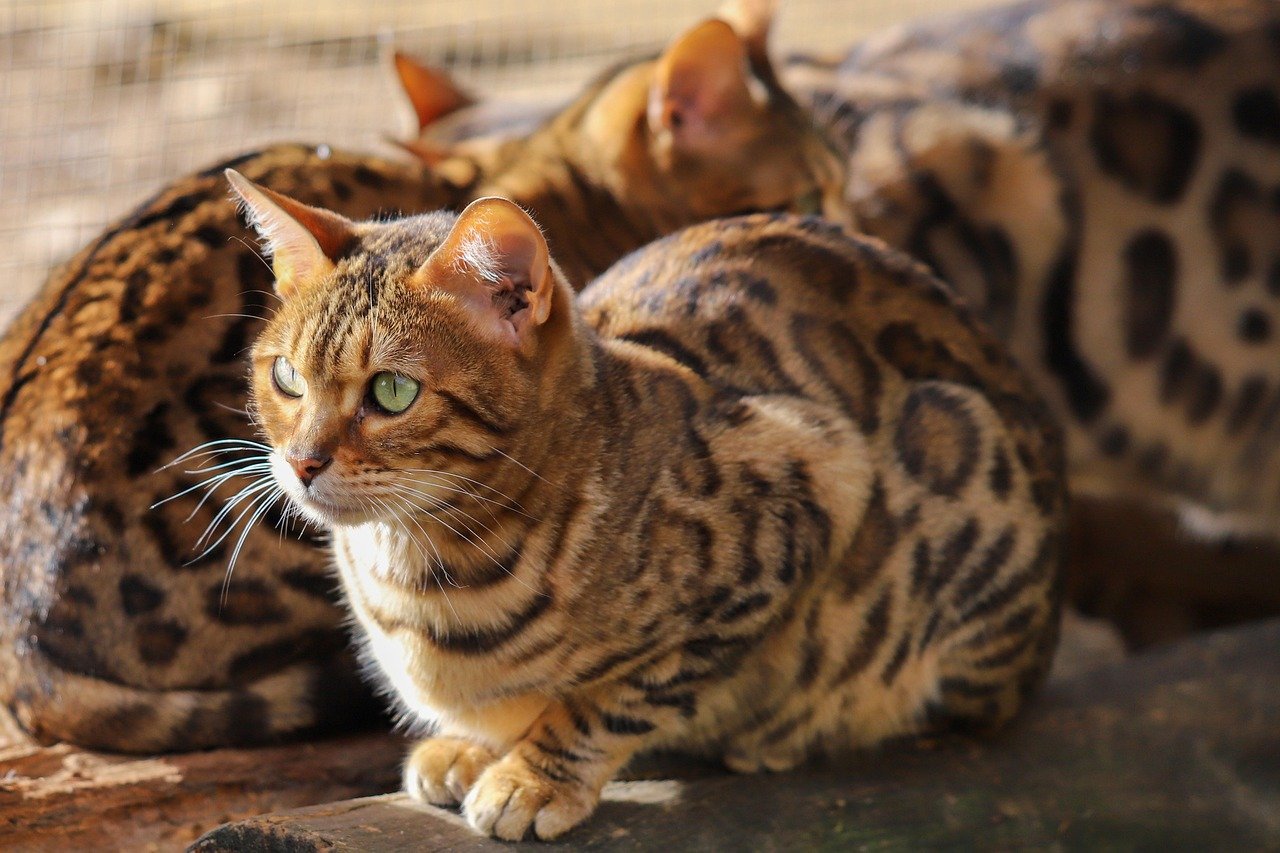
Cats, like humans, have a complex emotional spectrum. While they might not express emotions in the same way we do, they do feel them deeply. Emotional overstimulation in cats can occur when they are bombarded with too much input, whether it be from noise, people, or other animals. Imagine being at a concert with blaring music and flashing lights; it can be overwhelming. Similarly, a cat might feel overwhelmed when exposed to excessive stimuli. Recognizing this is the first step to ensuring our feline friends are happy and healthy.
Signs Your Cat is Overstimulated
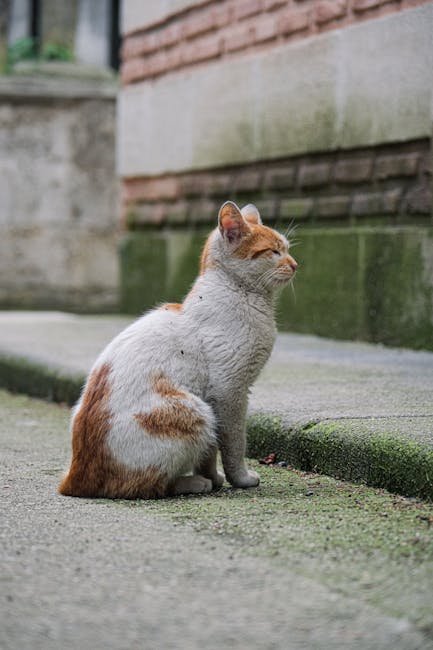
Cats have their own ways of communicating distress or discomfort. If your cat suddenly becomes aggressive or starts to hide more than usual, it might be a sign of overstimulation. Other signs can include excessive grooming, dilated pupils, or twitching tails. Just like a person might tap their foot when anxious, a cat has its own physical indicators. Observing these subtle changes can help you understand when your cat is feeling overwhelmed. It’s essential to know these signs to act promptly and soothe your feline companion.
The Role of Environment in Cat Emotions
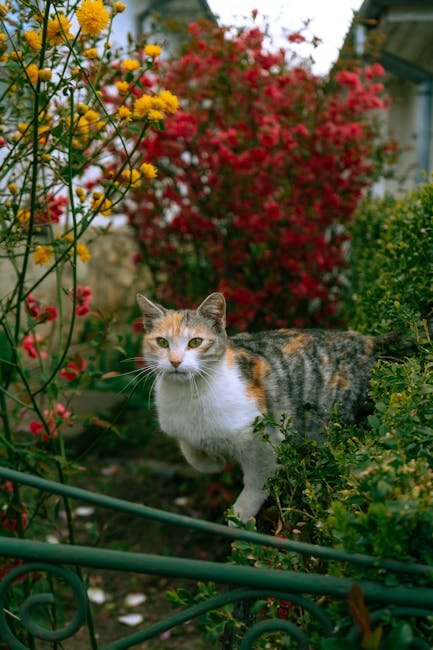
A cat’s environment plays a significant role in its emotional well-being. A noisy household with constant commotion can be a source of stress. Cats are creatures of habit, and sudden changes in their environment can trigger anxiety. Think about how you might feel moving to a new city without warning. Similarly, a cat might feel disoriented and stressed in a new or changing environment. Ensuring your cat has a safe, quiet space can help mitigate these feelings of overstimulation.
How Social Interactions Affect Cats
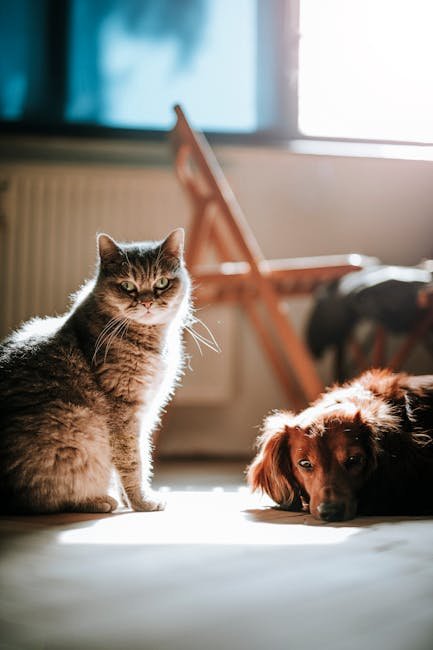
Not all cats are the same; while some thrive on social interactions, others may find them overwhelming. If your cat is shy or reserved, too many visitors or other pets can cause stress. It’s like being an introvert at a large party. Understanding your cat’s social preferences is crucial. Providing options for retreat and solitude can help maintain their emotional balance. Observing your cat’s behavior in social settings will guide you in creating a comfortable environment for them.
The Impact of Routine Changes
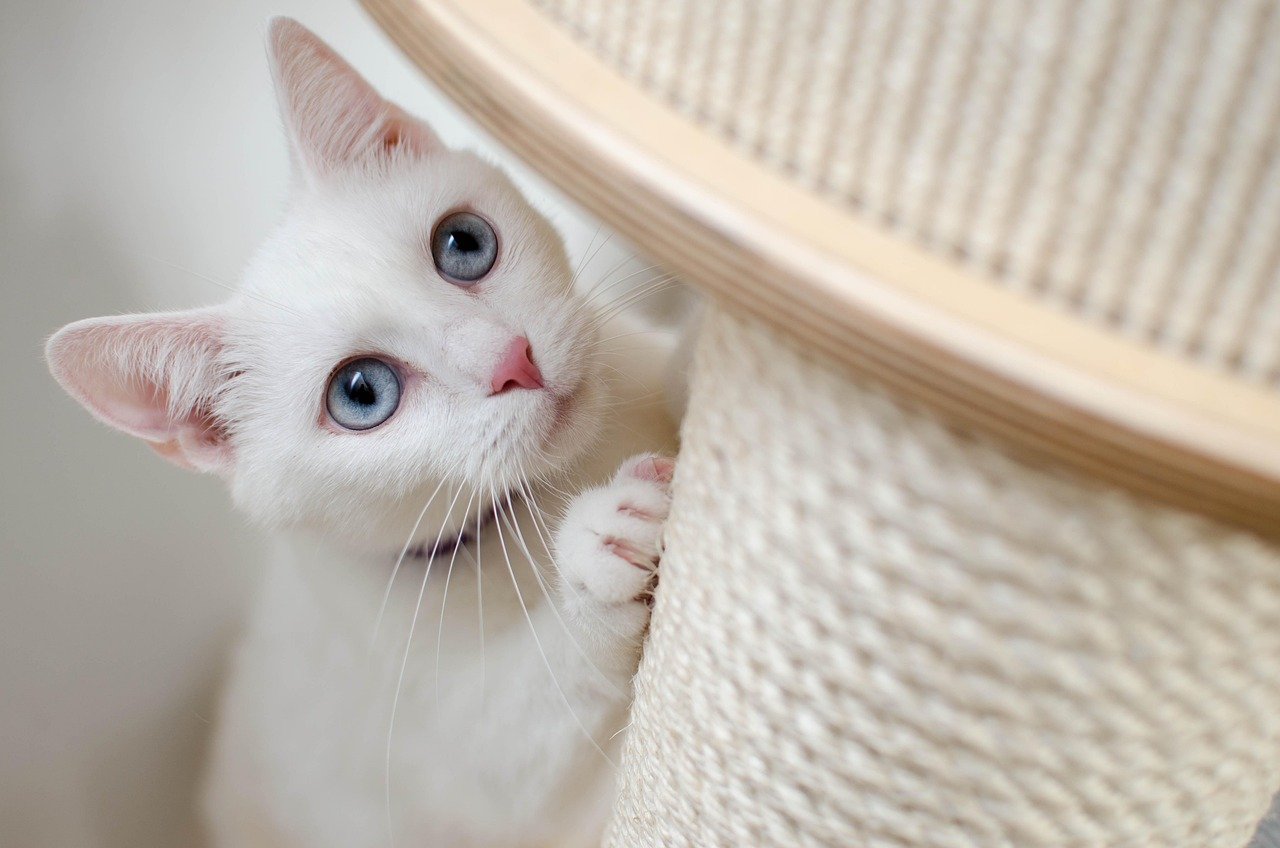
Cats love routine. A sudden change in their feeding schedule, litter box location, or sleeping area can be distressing. Picture how you might feel if your morning coffee ritual was disrupted. This disruption in routine can lead to feelings of insecurity and overstimulation. Keeping a consistent schedule and making gradual changes can help your cat adjust more comfortably. Understanding the importance of routine will aid in maintaining your cat’s emotional stability.
Recognizing Stress-Induced Behaviors

Stress can manifest in various behaviors in cats. Some might over-groom, leading to bald patches, while others might start urinating outside the litter box. These behaviors are not just ‘bad habits’ but cries for help. It’s similar to how humans might bite their nails when anxious. Recognizing these behaviors is crucial in addressing underlying stressors. Early intervention can prevent these behaviors from becoming ingrained and help your cat feel more at ease.
Providing an Enriching Environment

An enriching environment can prevent emotional overstimulation by giving cats enough mental and physical stimulation. Toys, climbing trees, and puzzle feeders can keep their minds engaged. Imagine how a puzzle or game can distract you from stress. Similarly, these tools can provide a healthy outlet for your cat’s energy. Providing new and varied stimuli can help keep your cat entertained and prevent feelings of boredom or frustration.
The Importance of Safe Spaces
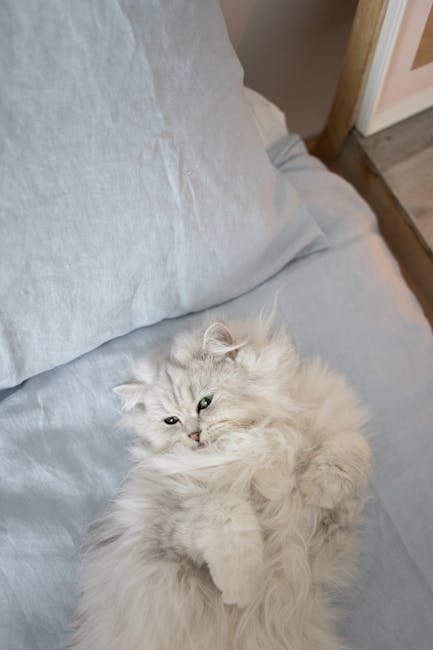
Every cat needs a safe space where they can retreat to when feeling overwhelmed. This could be a quiet room, a cozy bed, or a hidden nook. It’s like having a personal sanctuary where you can unwind. Providing such a space can significantly reduce stress levels in cats. Ensuring that your cat has access to these areas can help them feel secure and relaxed.
Understanding Your Cat’s Body Language
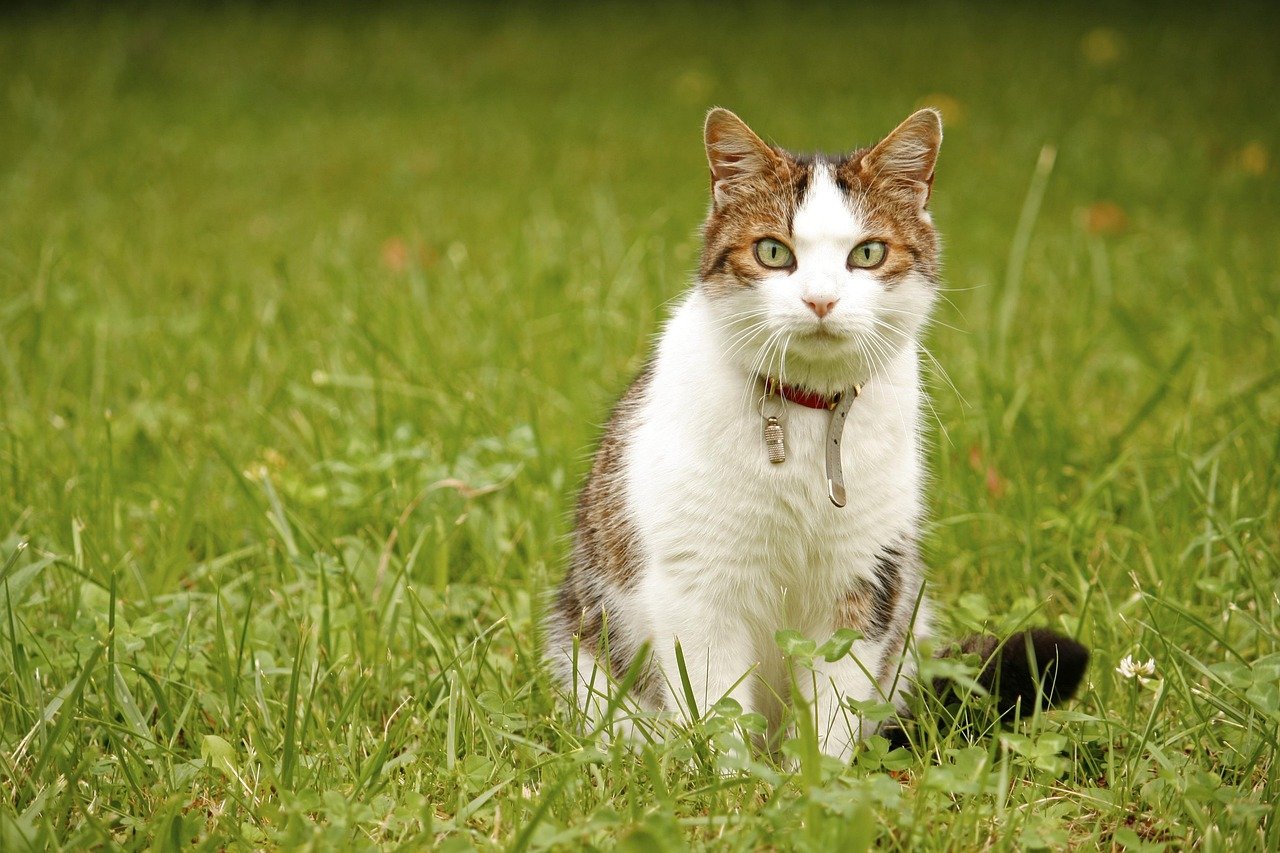
Cats communicate a lot through their body language. Ears pinned back, flattened whiskers, or a swishing tail can all indicate distress. It’s akin to interpreting a friend’s facial expressions to gauge their mood. Paying attention to these cues can help you understand your cat’s emotional state. By being observant, you can intervene before your cat becomes too overstimulated.
Offering Consistent Affection
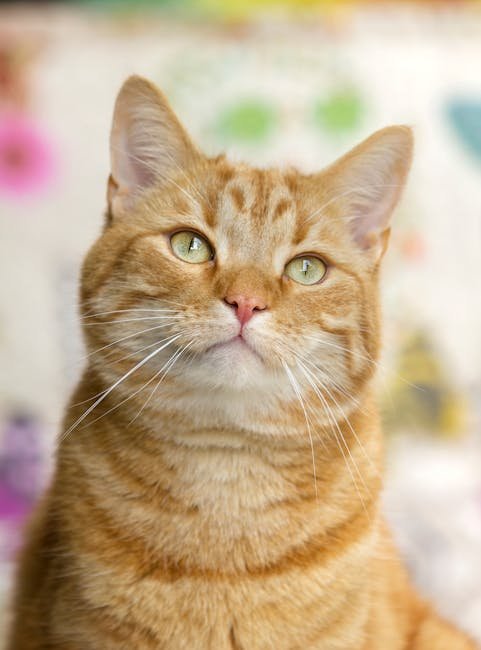
Cats need affection, but the amount varies from one cat to another. While some may enjoy constant cuddles, others might prefer brief interactions. Think about how some people enjoy long conversations while others prefer short chats. Understanding your cat’s preference for affection can prevent overstimulation. Offering affection on their terms ensures they remain comfortable and content.
The Role of Diet in Emotional Health
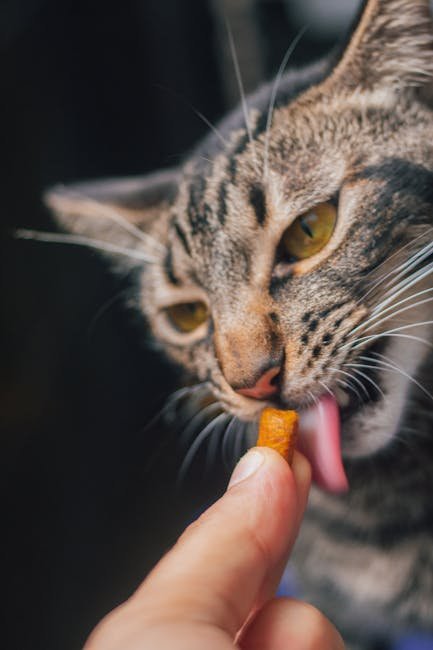
Diet plays a crucial role in a cat’s emotional well-being. A balanced diet can prevent behavioral issues and ensure a stable mood. Imagine how you feel after a nutritious meal compared to junk food. Similarly, a proper diet can keep your cat healthy and emotionally balanced. Ensuring they receive the right nutrients can support their overall well-being.
Recognizing the Need for Alone Time
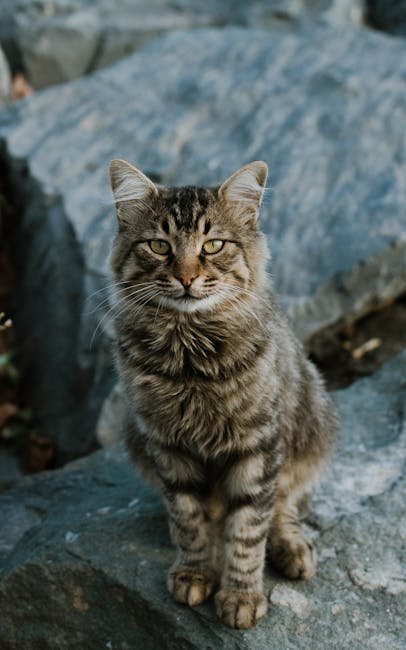
Every cat needs some alone time to recharge and relax. Just as people need time away from social interactions, so do cats. Providing them with time and space to be alone can help prevent overstimulation. Recognizing their need for solitude is crucial. Allowing them these moments ensures they remain calm and happy.
Managing Multiple Pets in One Household
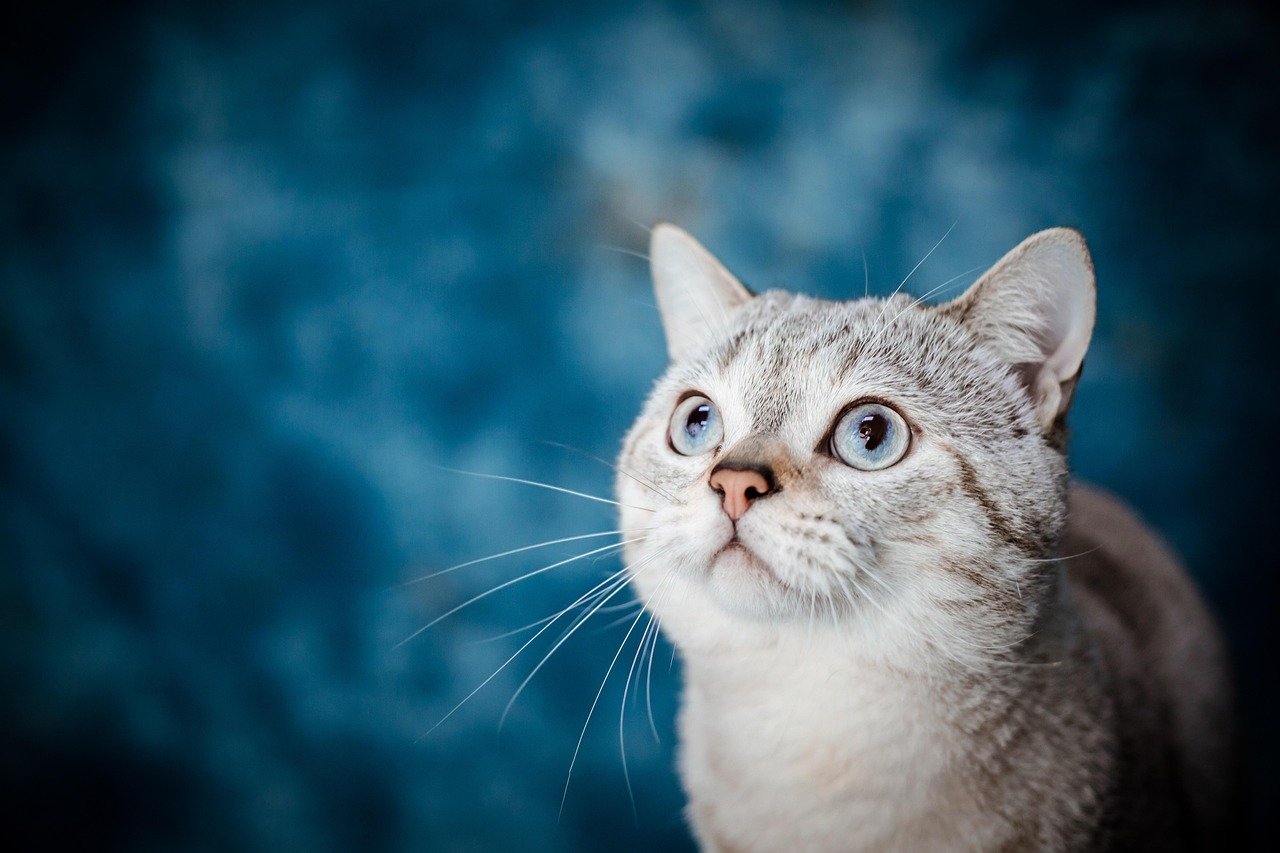
Having multiple pets can be a source of stress for some cats. The dynamics between pets can lead to feelings of competition or anxiety. It’s similar to siblings vying for a parent’s attention. Understanding these dynamics and ensuring each pet has its space can reduce stress. Creating a harmonious environment for all pets ensures everyone remains happy.
When to Seek Veterinary Help

Sometimes, despite our best efforts, a cat’s behavior might indicate deeper issues. Persistent signs of stress or behavioral changes should not be ignored. It’s like when a persistent cough warrants a doctor’s visit. Consulting a veterinarian can provide insights and potential solutions. They can help diagnose underlying issues and offer guidance on the best course of action.
The Benefits of Routine Veterinary Check-Ups
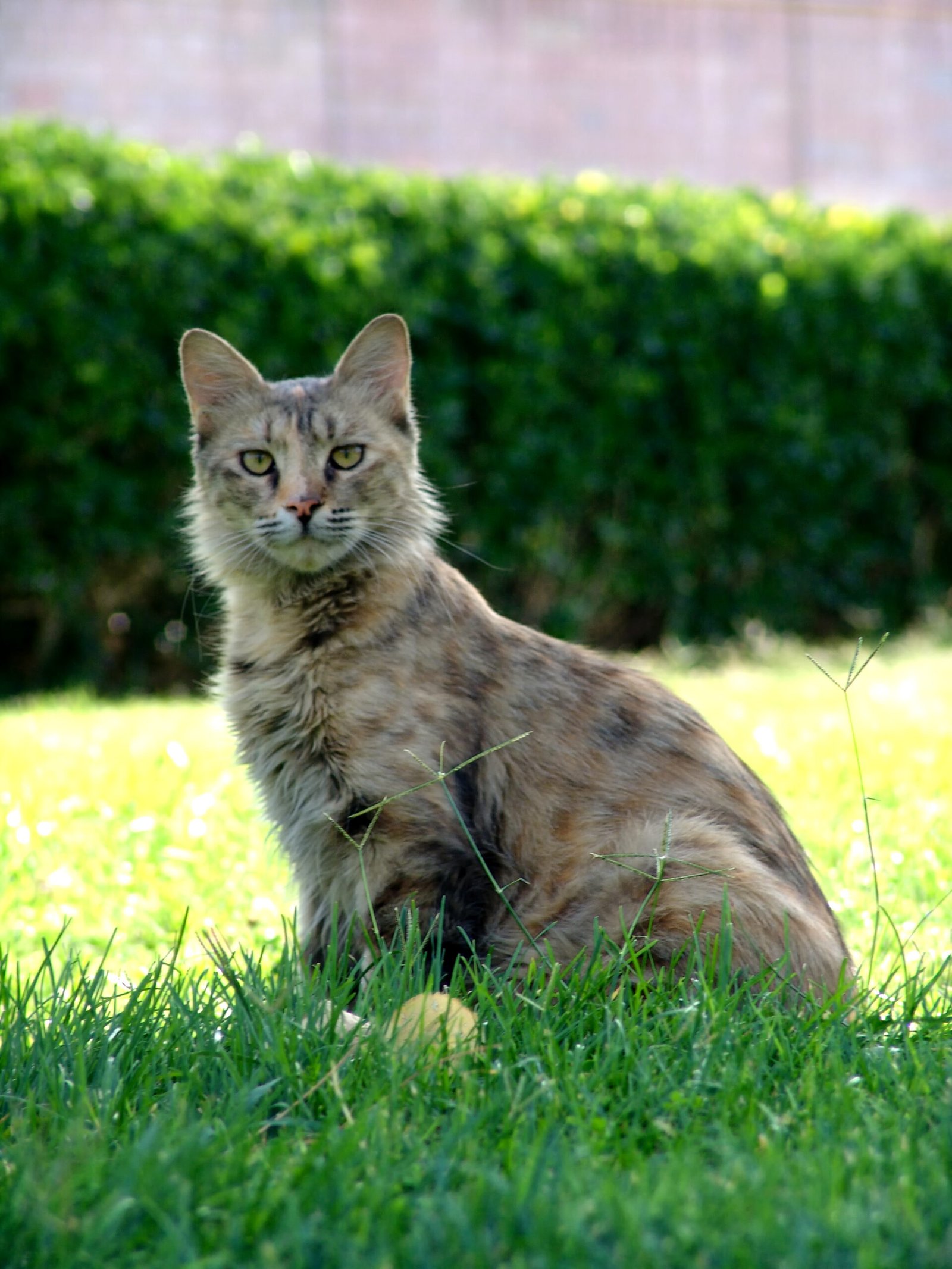
Regular veterinary check-ups can help catch potential issues early. Just as annual health check-ups are essential for humans, they are vital for cats too. These visits can help monitor your cat’s health and address any concerns. Ensuring your cat receives regular check-ups can prevent problems from escalating. It provides peace of mind knowing your cat is in good health.
Using Calming Techniques and Products

Various calming techniques and products can help soothe an overstimulated cat. From pheromone diffusers to soothing music, these tools can create a calming environment. It’s like using aromatherapy to relax after a long day. Experimenting with different techniques can help find what works best for your cat. Providing a calming atmosphere can significantly reduce stress levels.
Engaging in Play and Exercise
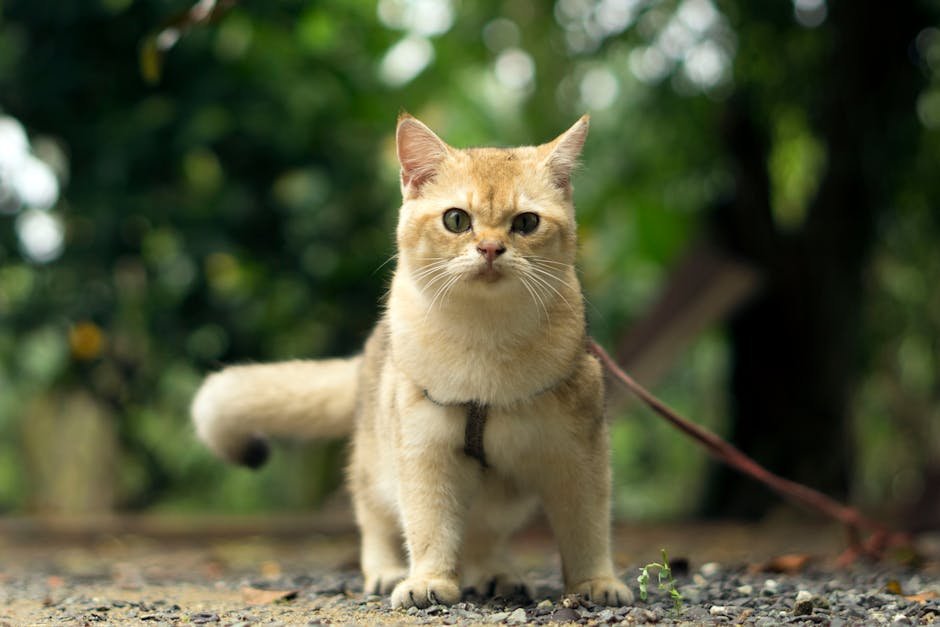
Regular play and exercise can help alleviate stress in cats. Engaging them in play distracts from stressors and helps burn off excess energy. Imagine how a good workout can lift your spirits. Similarly, playtime can enhance your cat’s mood and overall health. Ensuring they have enough play and exercise can prevent emotional overstimulation.
The Role of Human Companionship
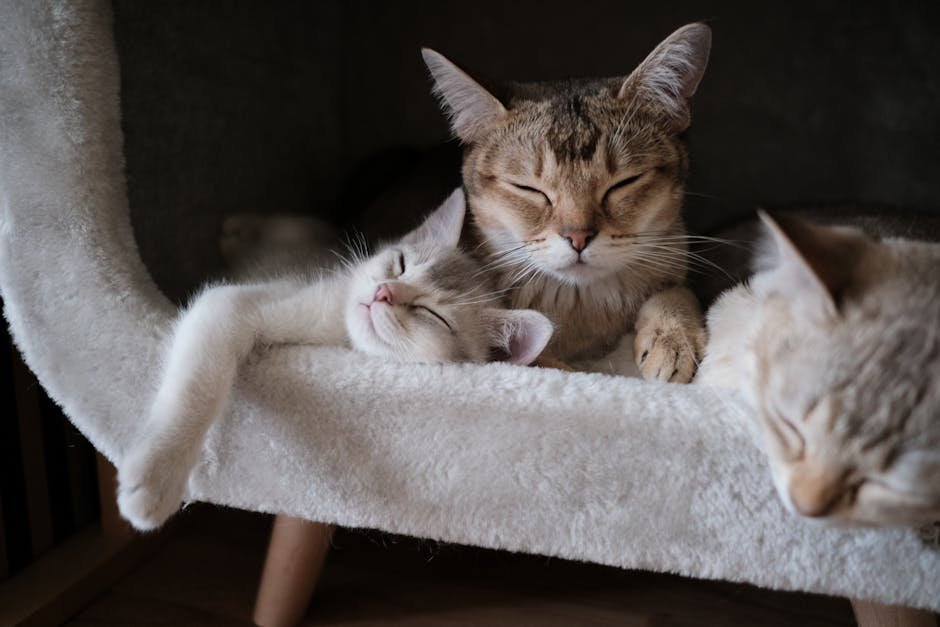
Cats may be independent, but they still value human companionship. Building a strong bond with your cat can provide emotional stability. Think about how comforting it is to have a close friend. Spending quality time with your cat strengthens your relationship and enhances their well-being. Your presence can be a significant source of comfort for your feline friend.
Understanding Individual Needs
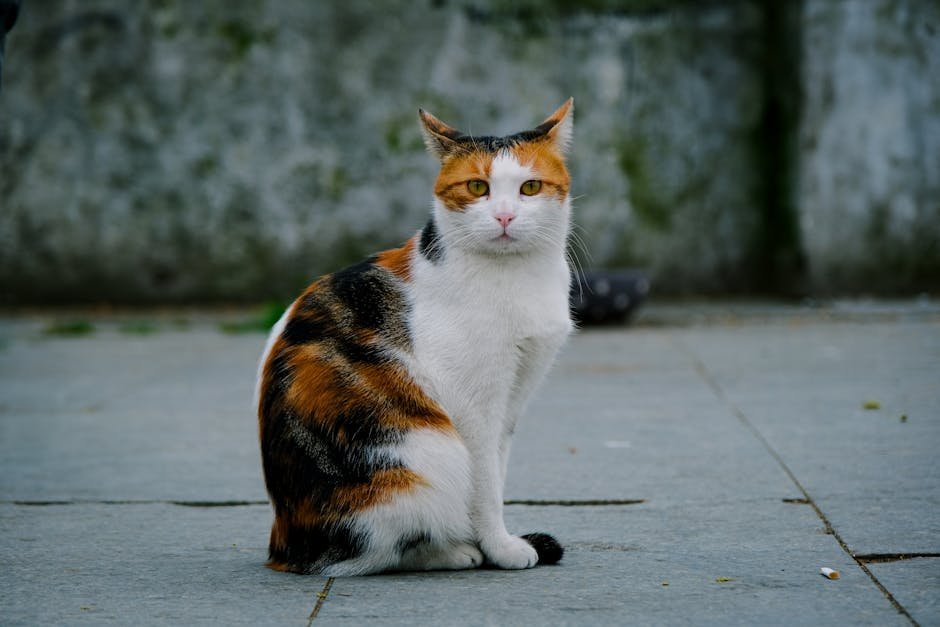
Every cat is unique, with its own set of needs and preferences. Understanding these individual needs is crucial in preventing emotional overstimulation. It’s similar to knowing a friend’s likes and dislikes. By catering to your cat’s specific needs, you ensure their happiness and comfort. Personalized care can make all the difference in their emotional health.
The Importance of Patience and Understanding
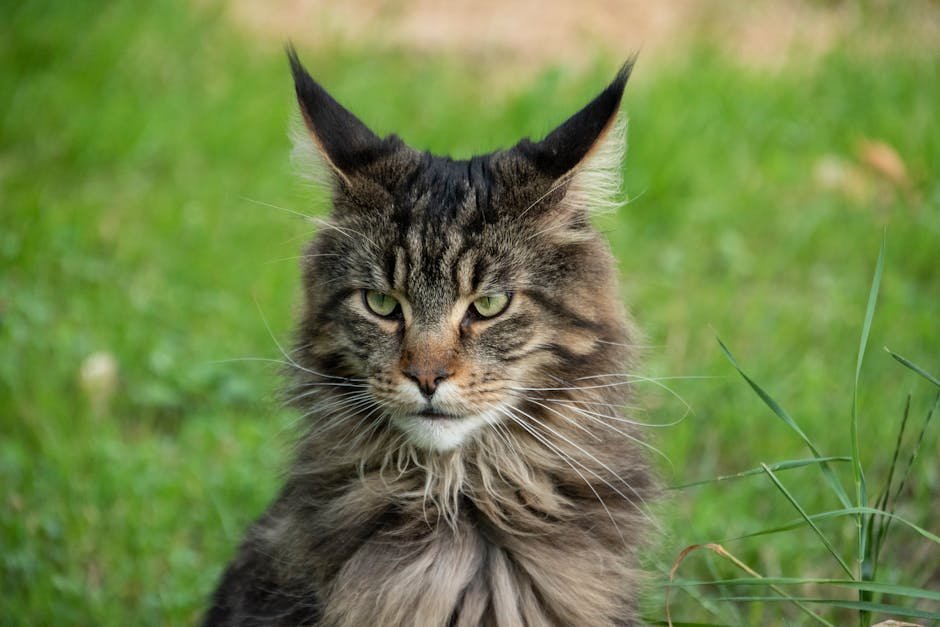
Patience and understanding are vital in managing a cat’s emotional health. Cats may not always express their needs clearly, requiring us to be attentive and patient. Like building any relationship, it takes time and effort. By being patient and understanding, you create a supportive environment for your cat. This approach ensures your feline companion feels loved and secure.
In conclusion, understanding and addressing the emotional needs of your cat is crucial in preventing overstimulation. By being observant and proactive, you can ensure a happy and healthy environment for your beloved pet.
Hi, I’m Bola, a passionate writer and creative strategist with a knack for crafting compelling content that educates, inspires, and connects. Over the years, I’ve honed my skills across various writing fields, including content creation, copywriting, online course development, and video scriptwriting.
When I’m not at my desk, you’ll find me exploring new ideas, reading books, or brainstorming creative ways to solve challenges. I believe that words have the power to transform, and I’m here to help you leverage that power for success.
Thanks for stopping by, Keep coming to this website to checkout new articles form me. You’d always love it!






